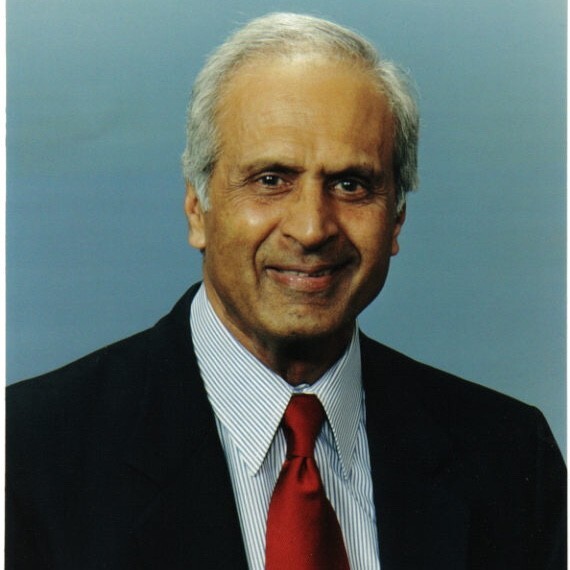Inquire
Demystifying Executive Presence!

A large group of my clients is in middle management. They got there by being very good at what they did as individual contributors and then learning about management as they continued their career march. However, once they get to a point where their next promotion is director or above one of the major impediments to their further advancement is their executive presence. Many learn about this during the annual performance review, when they are eagerly awaiting their fate for their next promotion and come back devastated, mostly because until then they were not even aware of what that phrase really meant and, even more disturbing, that they do not “have it.”
Hmmm!
Although many have the notion that executive presence means looking like a movie star, having a deep commanding voice, being right all the time, and having all the answers to the world’s problems, nothing could be further from the truth. In fact, it has little to do with your natural physical attributes, but more with how you carry yourself in everyday situations. This blog is about working on this mysterious and misunderstood attribute—executive presence—and what one can do to improve their chances for their next promotion by practicing how to wear that mantle.
More than anything else, executive presence has more to do with how you are able to influence others, especially your peers and the higher-ups, in your work environment in a variety of situations—meetings, one-on-ones, gatherings, and other ad hoc situations. To begin with there are four factors that are critical to your ability to influence others:
How you look
How you present yourself
What you say, and
How you say it
Let us look at each one and break it down to something that becomes manageable for anyone in an everyday work environment.
How you look has more to do with how you carry yourself in your work environment that creates your presence than your good looks. This includes your dress, your demeanor, and your body language. Dressing well does not mean wearing a new suit every day to work, but what it implies is that you do not draw attention to your clothes before people around have a chance to look at your work, your thoughts, and your contribution to a problem at hand. Even if you wear everyday clothes you can look presentable so that you do not stand out from the others around you, one way or the other. This “look” has also to do with how you create a certain natural aura about yourself, without being aloof or arrogant. This is a learned skill. This is also an important element of your EQ (your emotional intelligence)
How you present yourself has to do with having the right strategies that are appropriate in a given work environment. In a high-level executive meeting saying the right few words at the right time and then listening to how that generates reaction from the right people in the room and how others respond it, in turn, is one example of this attribute. In other situations if you know what you present creates the right impact that is appropriate in that context is another manifestation of how you present yourself. This requires self-awareness, self-confidence, and the right way to communicate your thoughts, which brings us to our next factor:
What you say has to do with your knowledge of a situation, its context, and your insight on this topic. So, you must have some thoughts, prepared or extempore, on the topic being discussed in a situation. Saying it also at the right moment is a part of this skill.
And, finally, how you say it is equally as important as what you say, because, often, the medium (how you say it) becomes the message. So, if in a serious meeting you present your thoughts in a few carefully chosen words that drive your point home is more memorable and impactful than droning on and on and with a rambling discourse. This, too, is a learned skill. This can be improved with practicing your speaking skills, learning the right vocabulary, and by listening to great orators or speeches on how they use rhetoric to communicate more effectively.
Breaking down executive presence with this approach makes mastering it much easier and within reach for anyone willing to practice these four skills. The other aspect of this development is going back to your boss and giving them a plan of action along these lines and then asking them what other elements are missing in your repertoire to be a commanding leader. This latter aspect has to do with making the higher-ups aware that you are willing to conquer something that is important to you in your growth—and in your organization’s success—as well.
Good luck!

- Managerial Effectiveness!
- Future and Predictions
- Motivatinal / Inspiring
- Other
- Entrepreneurship
- Mentoring & Guidance
- Marketing
- Networking
- HR & Recruiting
- Literature
- Shopping
- Career Management & Advancement


 SkillClick
SkillClick